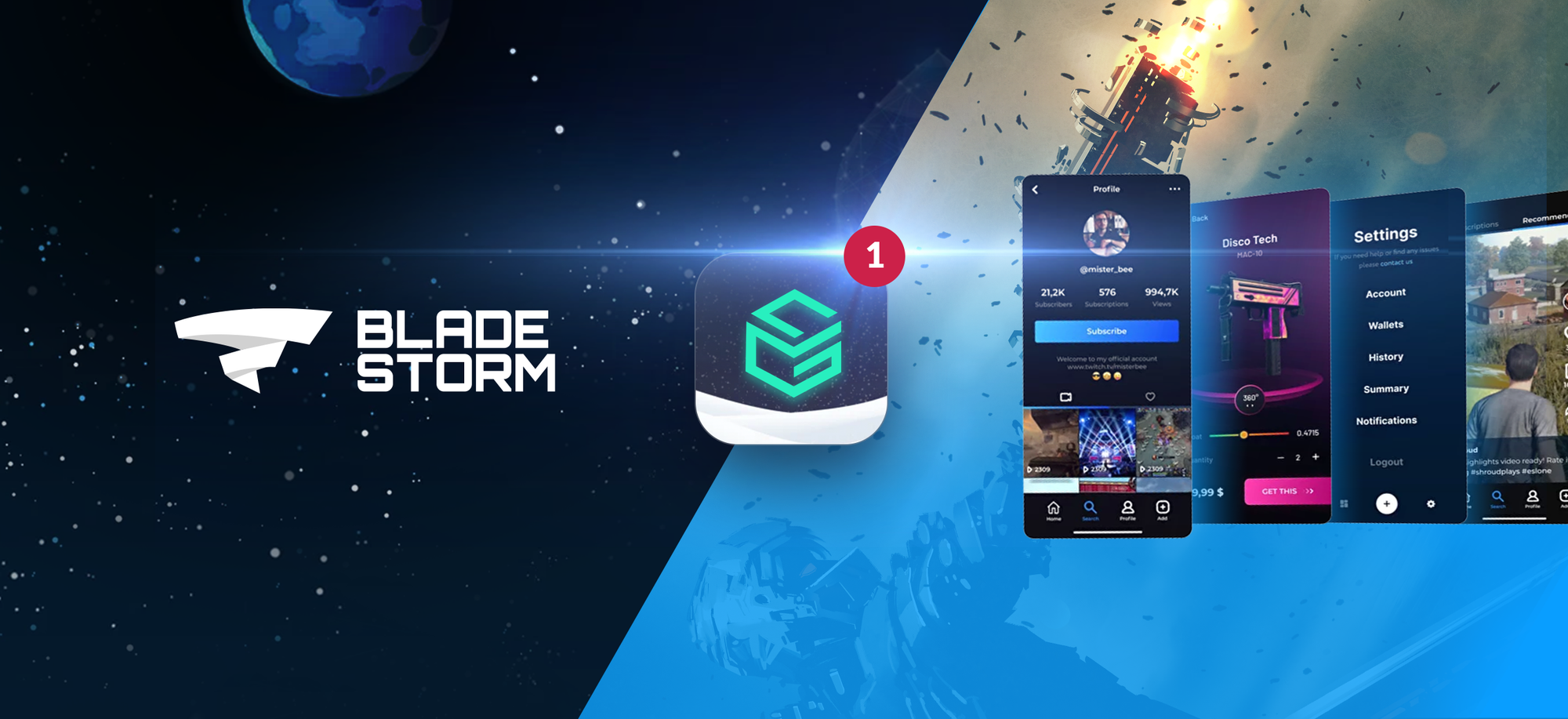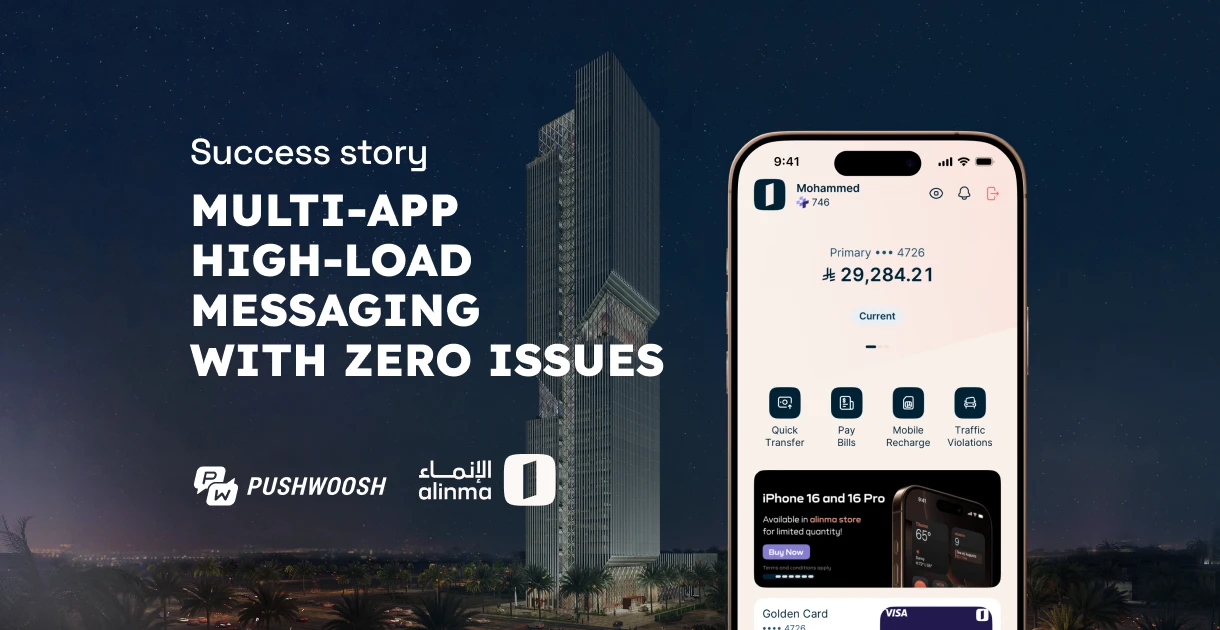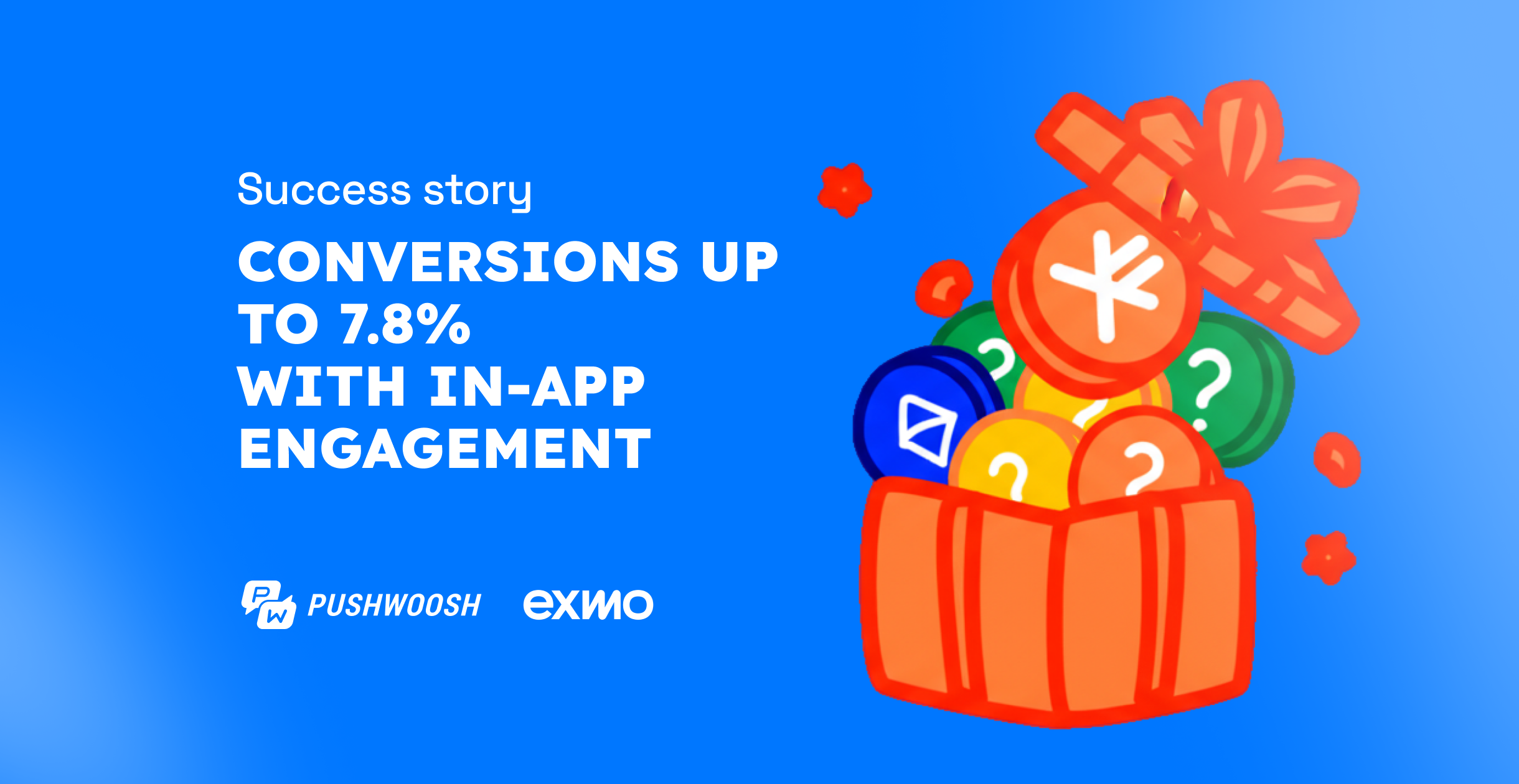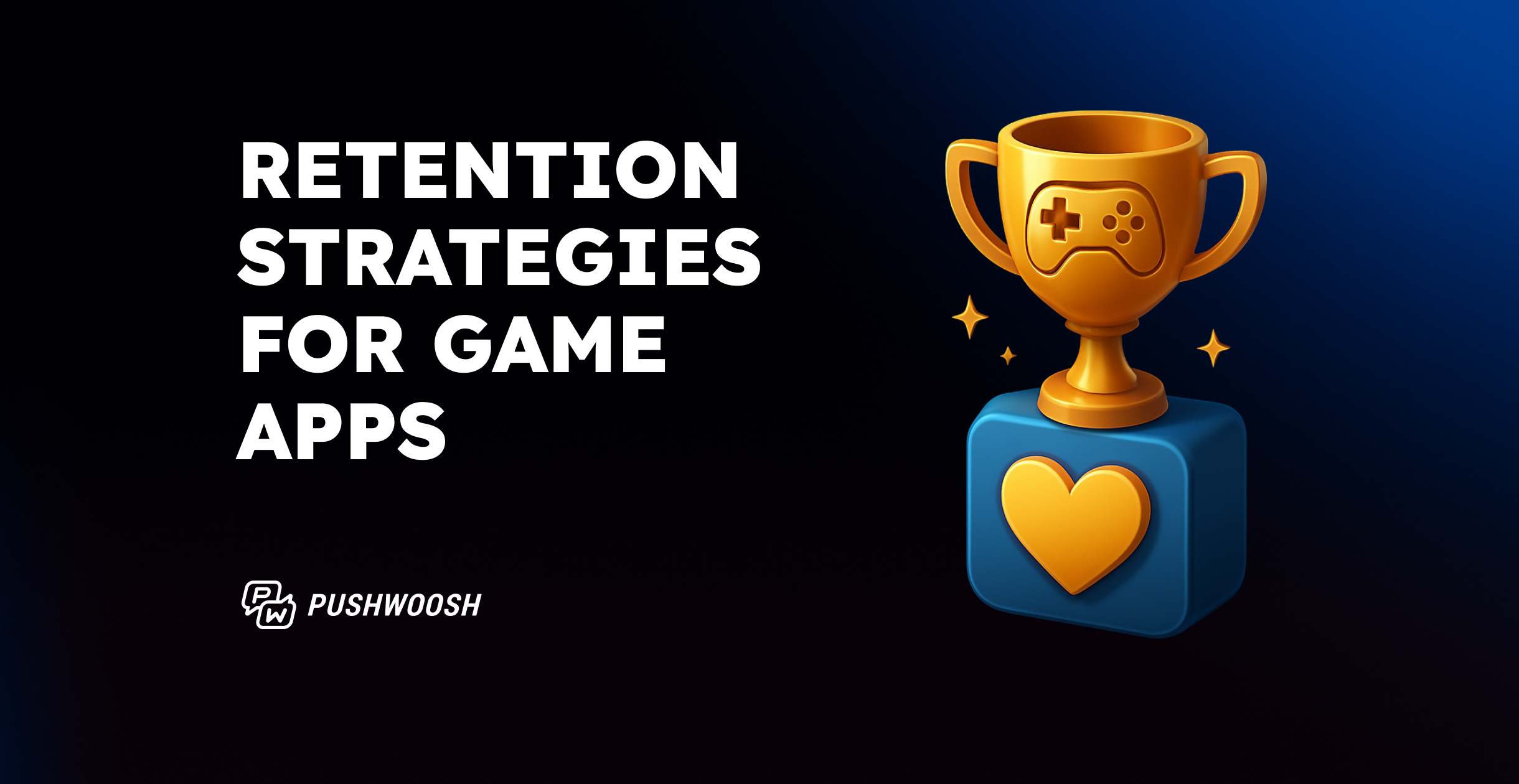Bladestorm has boosted revenue by 4.58% using Pushwoosh Customer Journey Builder
In just eight months of using Pushwoosh, Bladestorm has managed to engage, grow, and monetize its GC.SKINS app audience. The company automated its mobile communications and developed a consistent workflow that keeps bringing tangible gains in the most efficient manner.
About Bladestorm
On its mission to “Popularize Play”, Bladestorm created the GC.SKINS app that helps CS:GO gamers update their inventory free of charge. To obtain new skins, users need to engage with offers provided by the app’s partners. With each completed task, gamers earn coins they can spend on new skins.
Challenge: Monetize Traffic and Keep Scaling
By the time Bladestorm referred to Pushwoosh, it had managed to expand its app community to the USA, Canada, Australia, and Germany.
It strived to grow further:
Pursuing such goals, a business can apply various tactics, paid acquisition being the most evident one.
The problem is, you can only grow any app audience until to a certain point. Bladestorm saw that the market of CS:GO was limited, and the share of retargeting grew from month to month as there were fewer and fewer new users left to acquire.
To save the retargeting budgets and keep gaining results, the company decided to switch its marketing focus to driving engagement and retention among current users.
Pushwoosh turned out to be the right ally in this mission.
Solution: Push Notifications As The Optimal Channel for Engagement and Monetization
Bladestorm was guided by an insight: more engaged users bring higher revenue. And when it comes to user engagement, push notifications prove to be the most effective channel.
Furthermore, Bladestorm discovered a gap in the use of push notifications in their competition: for a reason, other app developers didn’t take full advantage of this channel.
Bladestorm went through push notification providers and defined its requirements: automated sending of recurring and behavior-based triggered messages and reasonable pricing.
How Bladestorm Up Its Communications Using Pushwoosh Customer Journey Builder
In April 2021, Bladestorm integrated Pushwoosh into its communication strategy. The company’s marketers built several time-scheduled and event-triggered workflows aimed at engaging and growing the GC.SKINS app audience:
1. Recurring push notifications with daily offers
Bladestorm started sending broadcast pushes with weekly offers to the entire user base. Every weekday, a new bonus is proposed to gamers.
As you can see in the example below, both the flow in Pushwoosh Customer Journey Builder and the push notification copy are quite straightforward.
The trick is to keep sending such messages on a regular basis — with the Scheduled Launch option in the Pushwoosh automating solution, this is an easy job for a marketer.

2. Event-triggered scenarios based on user behavior
To achieve maximum relevance and engagement with its messaging, Bladestorm specifically targets the GC.SKINS users who have taken a certain action in the app.
- Onboarding
The pilot welcome flow that Bladestorm launched with Pushwoosh actually questioned the idea of an onboarding journey effectiveness. The company’s marketing manager chose to show welcome messages to one part of users and then tracked their activity afterwards: were they more engaged than the gamers who were not onboarded.
As you may guess, welcomed users were more engaged. So at the next iteration, Bladestorm only had to refine the onboarding messages and target them at all the new users.
- Re-engagement of recently inactive users
When a user hasn’t opened the app for three days, Bladestorm sends them a hint to check out social media because there should be a special promo code.
This illustrates that Bladestorm has adopted a truly omnichannel approach connecting users’ in-app behavior with their social media interactions and back.
- Gathering happy customer feedback and insights for product development
It turned out, the GC.SKINS audience is that engaged they are even happy to participate in surveys and interviews held by the Bladestorm product team!
Every 10th user that was sent an invitation to a poll actually participated (for the record: this is a very good response rate). In addition, Bladestorm likes to apply the common best practice for asking to rate the app. The team raises this question only when a user is the most satisfied — right after a skin withdrawal. And good ratings follow!
3. Multilanguage messaging: a sufficient and efficient option of attribute-based segmentation
Of all the possible segmentation options, Bladestorm chose to focus on segmenting its audience by language. The company marketing team saw no reason to split the audience into more granular segments when only one criterium is actually crucial for them.
As the results below show, this is more than sufficient:
Results
Increase in revenue from push notifications by 4.58%
Can you really calculate the revenue generated from a push notification? Bladestorm found a way to do it for their case.
The team starts by calculating the monthly number of target actions linked to revenue generation — mainly, the Offerwall Open event. Then they specify the number of Offerwall Opens that took place within 30 minutes after a push notification open.
Alongside, Bladestorm divides the total number of paying users by country and gauges the value of an Offerwall Open for each location.
Next, the team multiplies this value by the number of Offerwall Opens — the result is revenue from push notifications generated from a single country.
To measure total worldwide revenue from push notifications in the given month, Bladestorm sums up the country-specific numbers.
Finally, Bladestorm divides the worldwide revenue from push notifications by the total monthly revenue. The resulting number reaches 4.58%, on average, meaning in the eight months of working with Pushwoosh, the company has boosted its revenue by 4.58%.
16.62% MAU increase
Similarly, Bladestorm has calculated that the number of MAU has increased by 16.62% in the course of eight months.
Consistently high push notifications CTRs
With its super-engaging offers for gamers, Bladestorm sees high push notification CTRs reaching up to 28.21%. On average, every push gains a 5.6% CTR.
Notably, CTRs stayed high even in the low summer 2021 season, meaning Bladestorm has been doing a great job creating its engaging notifications. And there is another proof:
High push notification opt-in rates — even on iOS: 97.9%
The key to both high opt-in and click-through rates is consistency, reveals the Bladestorm marketing manager. GC.SKINS users receive push notifications on a regular basis — and they know when and what to expect from them.
And if a user happens to unsubscribe from receiving pushes, the app team will reach out to them via an automated flow for opt-out recovery:














